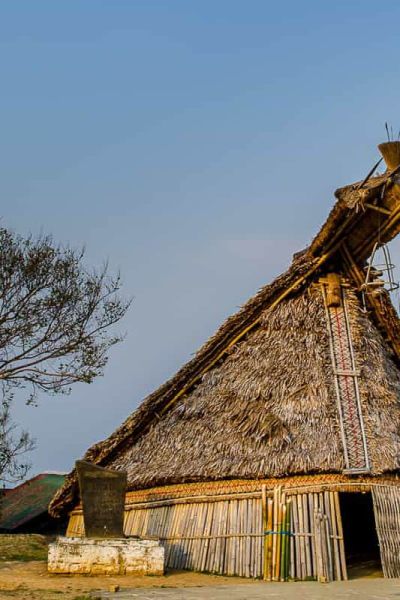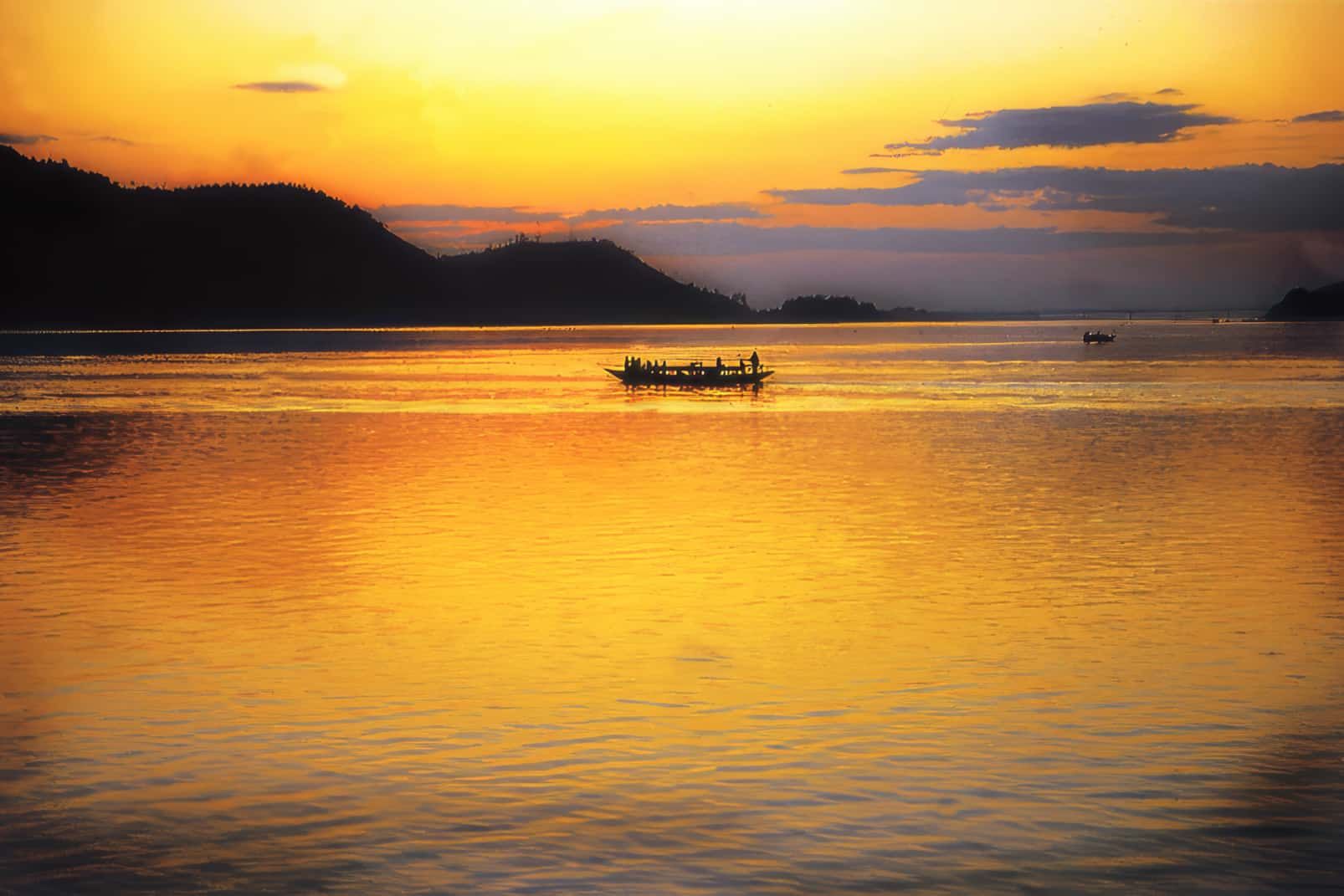Nagaland
General information
Nagaland is a rather small Indian state with an area of only 16,527 km² and a population of less than 2 million. Located in a remote region in the mountains of northeastern India, it is one of the seven sister states and is bordered by the Indian states of Manipur, Assam and Arunachal Pradesh as well as Myanmar (also known as Burma) in the southeast. Almost 90% of the total population belongs to one of the 16 Naga indigenous peoples, and the linguistic and cultural diversity in this region is correspondingly broad.
Although the history of the former headhunters is largely unknown due to a lack of written historical documentation, the remarkably warm-hearted and hospitable people are happy to invite visitors to take part in their traditional festivals and thus to directly encounter their living culture. Exotic singing and beating drums captivate the guests of such a festival just as much as the participating tribesmen themselves. Anyone interested in the culture of northeastern Indian natives will be able to come into contact with the many facets of tribal culture on a vacation in Nagaland.
The remoteness of the region preserves not only the culture but also the rich, original diversity of flora and fauna. With a few exceptions, agricultural use is limited to what is necessary for the subsistence needs of the people living here. Further industrialization is virtually non-existent. As Nagaland lies in the foothills of the Himalayas, subtropical flora predominates, with dense rhododendron forests full of orchids and a variety of birds that make the hearts of passionate ornithologists beat faster. The polyphonic song of the birds already gives an idea of their diversity; of course, some rare, sometimes almost extinct species also breed here.
The geographical proximity to Kaziranga National Park invites you to marvel at its diversity of hunters and herbivores and to look out for Bengal tigers, Indian rhinos and Asian elephants on a safari. The biodiversity of the Nagaland region is astounding and reveals a variety of plants with medicinal benefits that Western doctors are only just beginning to understand.
We are happy to plan a visit to a ritual festival in Nagaland into your India tour (useful in combination with a tour through Assam or Meghalaya) or enable you to immerse yourself intensively in the culture of the Naga people during a longer stay. Perhaps your bridge to Indian culture leads to the festival site of a village in Nagaland?









